Research Projects
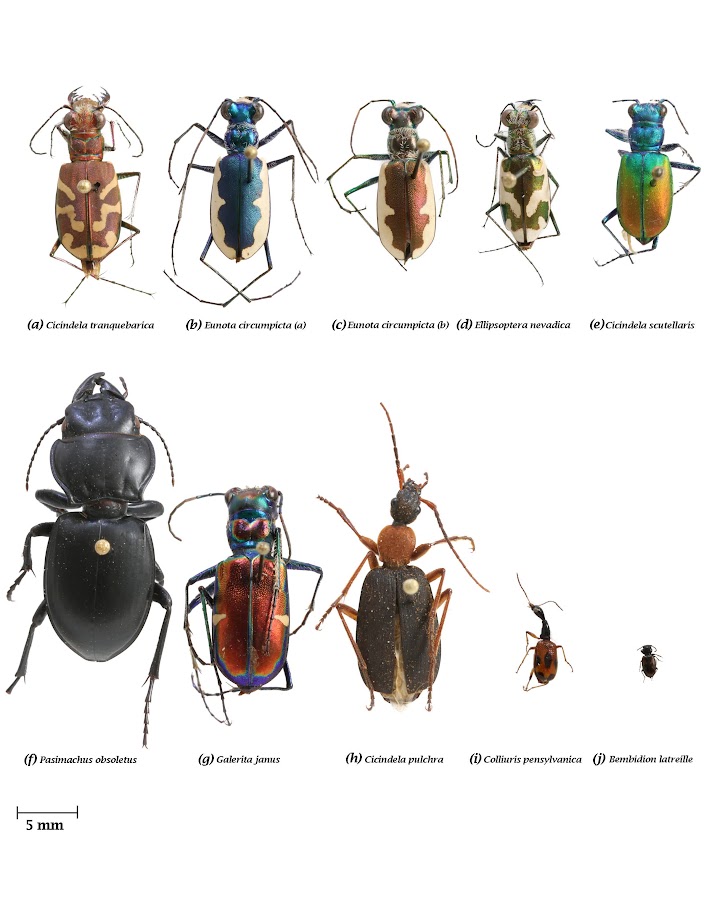
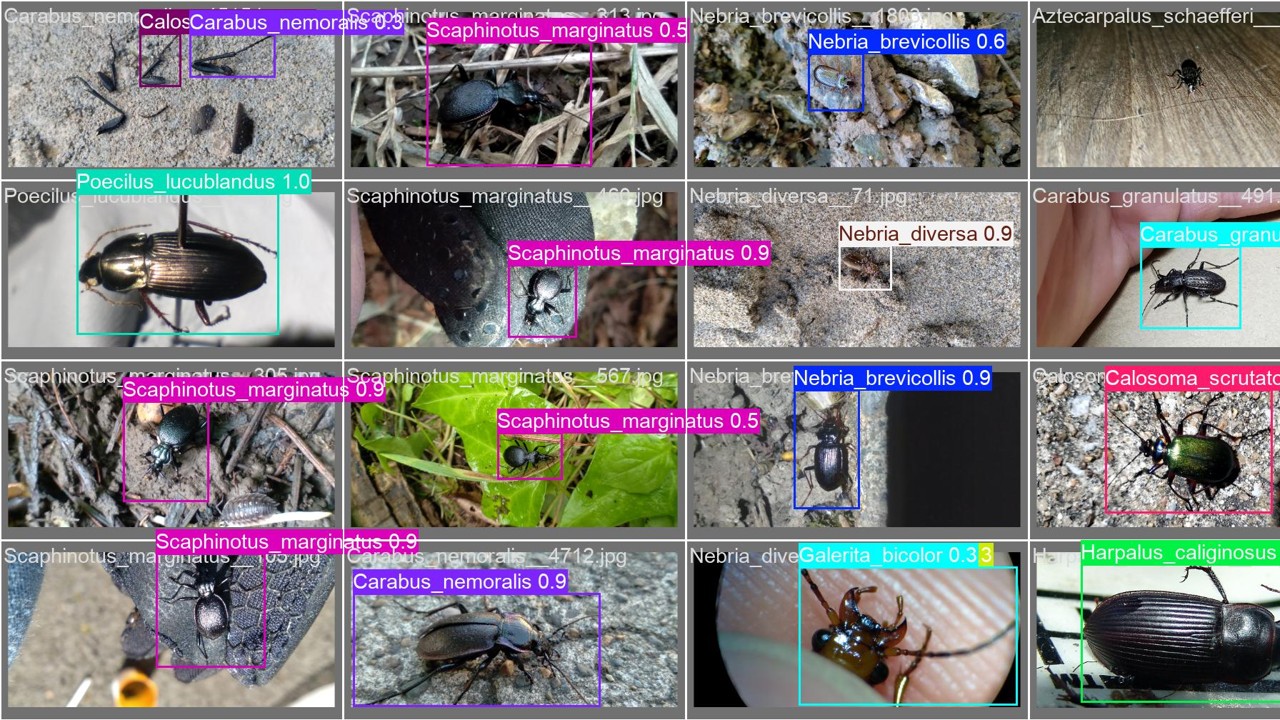
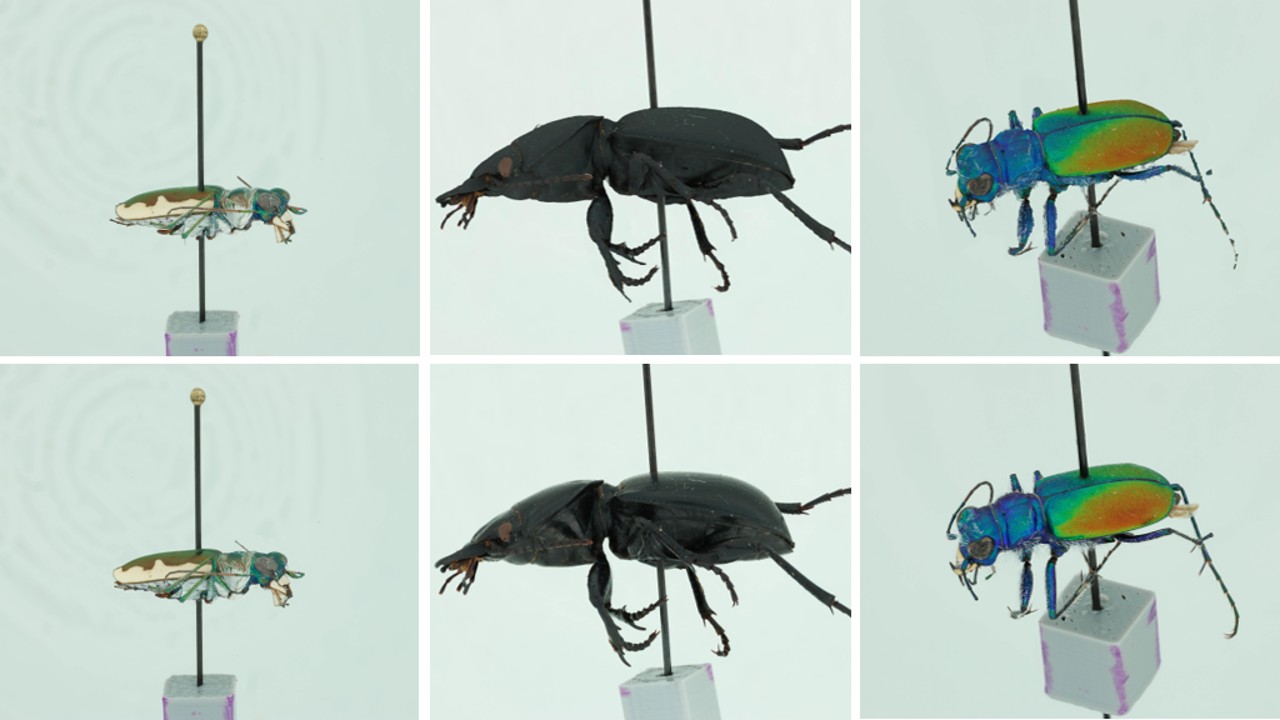
This research explores the use of 3D models generated from museum specimens as synthetic training data for computer vision, with a focus on ground beetles (Carabidae). Using Structure from Motion, a photogrammetric modeling technique, this research seeks to incorporate rare and elusive morphologies into training datasets to improve species identification accuracy. This work focuses on improving biodiversity monitoring and automated species recognition, supporting conservation efforts and ecological studies in remote or challenging environments.
Publications
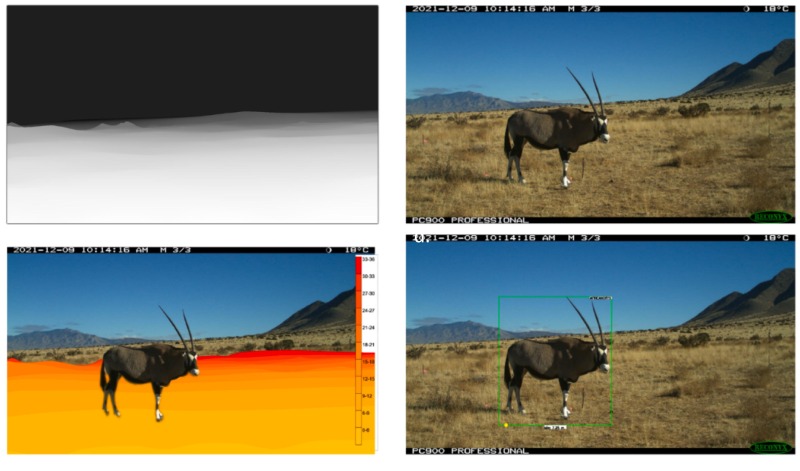
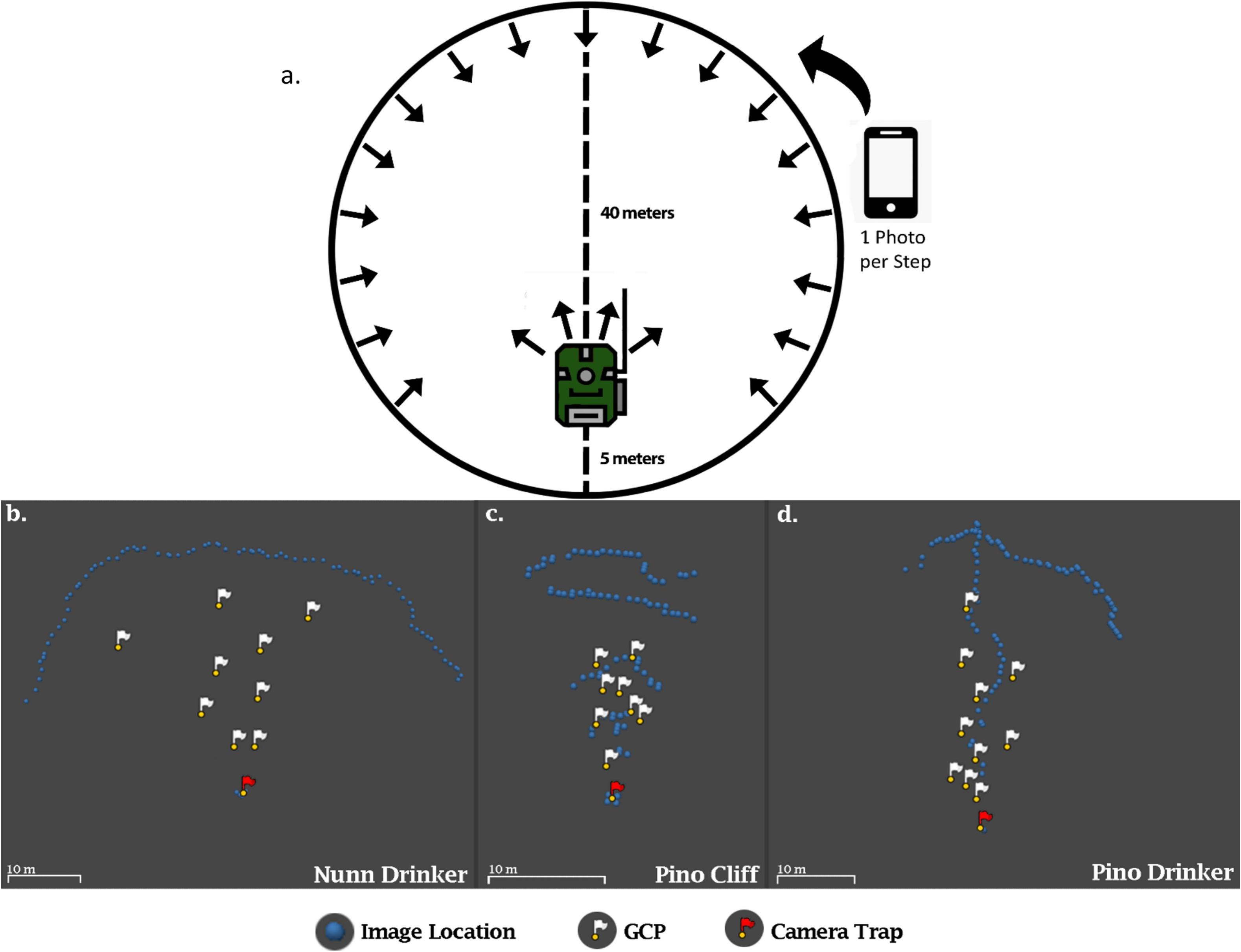

This research explores the use of Structure from Motion to create distance estimations for wildlife sighting from camera trap images. When coupled with automated species identification through computer vision, this presents a clear pathway to fully automated distance estimations, a critical step in acquiring animal abundance estimations for repeatable and cost-effective survey data.
Selected Publications
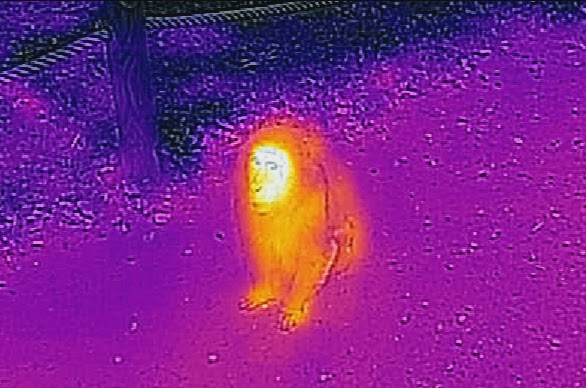
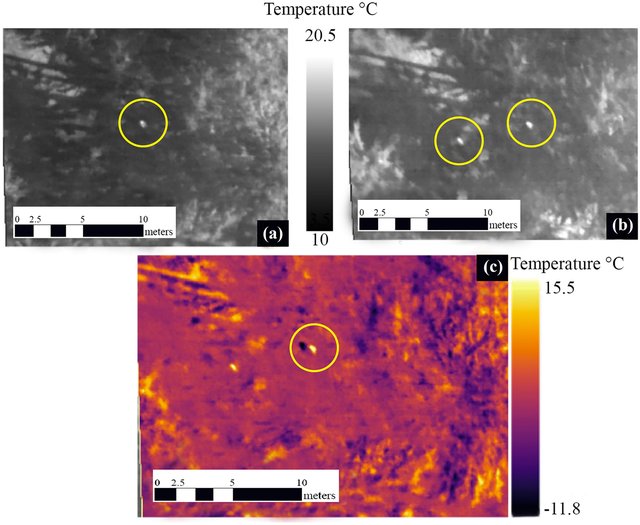

This project investigates the application of unmanned aerial vehicles (UAVs) equipped with thermal imaging sensors to detect primates in densely vegetated forest environments. By leveraging the thermal contrast between warm animals and their cooler surroundings, this approach offers a promising method for overcoming the visual limitations posed by canopy cover and complex forest canopy The study integrates remote sensing methodologies with photogrammetric techniques to enhance spatial accuracy and detection reliability. Thermal data are georeferenced and processed to identify potential primate signatures, which are then validated against ground-truthed observations from RGB imagery. This interdisciplinary approach aims to improve wildlife monitoring efforts, especially in areas where traditional ground surveys are logistically challenging or ecologically disruptive. Ultimately, the project contributes to the development of more efficient, non-invasive survey techniques for primate conservation and broader biodiversity assessments.
Selected Publications
Additional projects and research activities will be listed here.